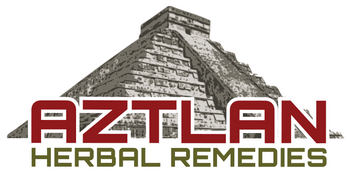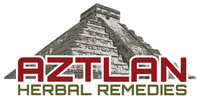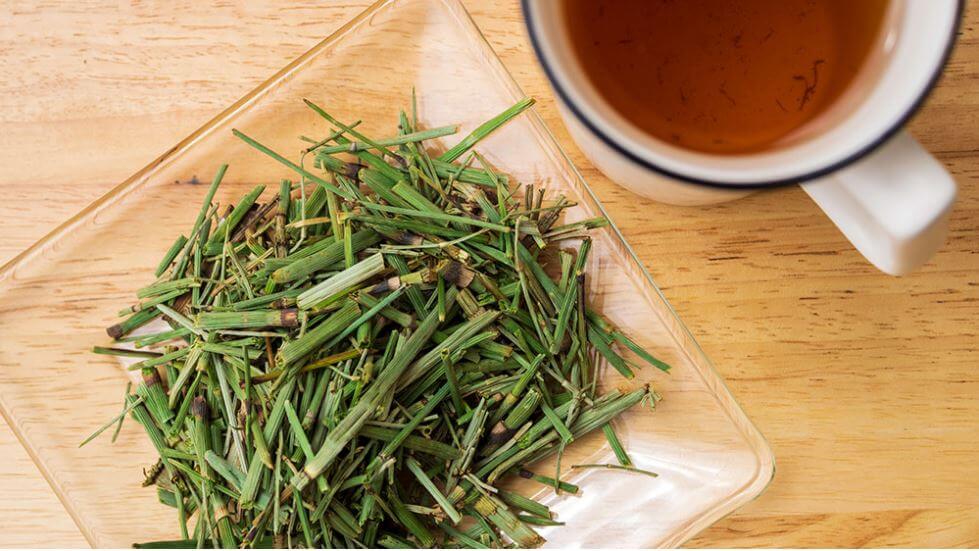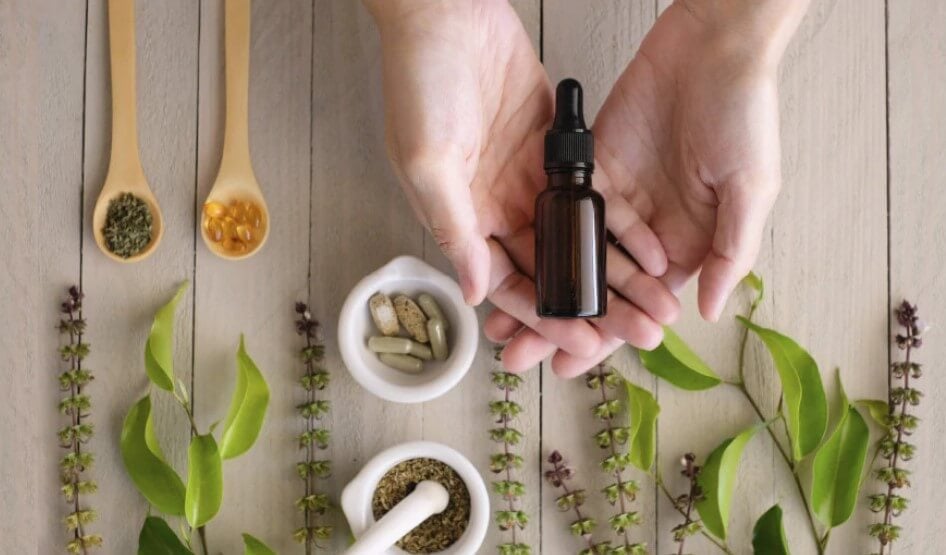"Cola De Caballo" Horsetail is a primitive perennial herbaceous plant that dates back to its origins in the Paleozoic era. Its name refers to the fact that it resembles the appearance of a horse's mane. Thus, it has a rhizomatous stem, having sterile stems and fertile stems. The former are reddish and short, while the sterile ones, which appear in summer, are long green stems. It can be found in abundance in the temperate zones of the northern hemisphere.
aksndlkans
"Cola de Caballo" Horsetail has been used in indigenous communities from Mexico as well as in the traditional medicine of the North American Natives, always being used as an effective diuretic and cleanser. Its consumption can become toxic if it is consumed for more than 6 weeks in a row, it is advisable to consult a specialist if it is combined with other medications.
Next, we will discover the properties and benefits of horsetail so that you know the positive effects it has on our health. Attentive!
"Cola de Caballo" Horsetail properties
One of the main properties of horsetail is that it is rich in silicon, in addition to mineral salts, especially potassium, phosphorous, and calcium salts. To a lesser extent, minerals such as magnesium, manganese, sodium, and zinc can also be found. Other prominent components are sterols, alkaloids, ascorbic acid, carboxylic acids, and phenolic acids. There is also a small percentage of flavonoids.
Its diuretic, antioxidant and hepatoprotective, anti-inflammatory and sedative action offers a wide variety of benefits, among which the following stand out:
Diuretic and purifying effect
"Cola de Caballo" Horsetail is a powerful cleanser that promotes urination, facilitating the elimination of toxins from the kidney and liver. In the article by AM Villar del Fresno and I. Iglesias Peinado, members of the Pharmacology Department of the Faculty of Pharmacy of the Complutense University of Madrid, they point out how in tests with rats it was found that horsetail produces a slight increase in the water elimination.
This diuretic action also helps relieve urinary tract infections and other conditions such as urethritis, nephritis, kidney stones, and prostatitis.
Anti-inflammatory action
This property is ideal for relieving rheumatic conditions, especially osteoarthritis, arthritis, and gout. It is also recommended to reduce inflammation of the eyelids and the eye contour.
Helps lose weight in obese or overweight people
That same diuretic effect is also great for facilitating weight loss. A healthy and balanced diet, exercise, and taking one or two infusions of horsetail a day can help you lose those extra pounds.
Restoring and revitalizing
The high content of vitamins and mineral salts makes horsetail an excellent natural remedy to treat mild states of anemia, asthenia, weakness, and convalescence.
Helps skincare
Its high content of silica makes horsetail an excellent tool for the care of dry and damaged skin, providing elasticity and maintaining collagen. It is also used to strengthen nails, regenerate the scalp and prevent hair loss.
Astringent and anti-hemorrhagic action
It is usually used both externally and internally. Thus, it can clean and stop superficial bleeding, and wounds, sores, and ulcers. Internally it is used to treat heavy periods and hemorrhoids.
Are there interactions with herbs and supplements?
Herbs and Supplements That May Lower Blood Sugar Levels
"Cola de Caballo" Horsetail might lower blood sugar levels. Using horsetail in isolation along with other herbs and supplements that have the same effect could cause a marked drop in blood sugar levels in certain people. Some of these products include Alpha Lipoic Acid, Bitter Melon, Chromium, Devil's Claw, Fenugreek, Garlic, Guar Gum, Horse Chestnut, Panax Ginseng, Psyllium, Siberian Ginseng, and others.
Chromium-containing herbs and supplements
Horsetail contains chromium (0.0006%) and may increase the risk of chromium poisoning when taken with chromium supplements or chromium-containing herbs such as cranberry, brewer's yeast, or peel.
Betel nut
Horsetail and betel nut reduces the amount of thiamine that the body needs to consume. Using these herbs together increases the risk of causing a marked decrease in thiamine levels.
Thiamine
Raw horsetail contains thiaminase, a chemical that breaks down thiamine. Ingesting horsetail could cause thiamine deficiency
What dose is used?
The appropriate dose of horsetail depends on many factors such as the person's age, health, and several other conditions. At this time there is not enough scientific information to determine an appropriate dose range for the use of horsetail. Keep in mind that natural products are not always necessarily safe and dosages can be important. Be sure to follow the directions on product labels and check with your pharmacist, doctor, or other health care provider before use.
HOW TO MAKE AN INFUSION
Horsetail is eaten fresh or dried, and you can find it in different presentations in herbal stores. Whatever its effects will be the same. Of course, its preparation may vary depending on which presentation you choose:
Fresh: boil 30g-50g for every liter of water. It makes 2 or 3 cups a day.
Other names
Asprêle, Bottle Brush, Cavalinha, Coda Cavallina, Cola de Caballo, Common Horsetail, Corn Horsetail, Dutch Rushes, Equiseti Herba, Equisetum, Equisetum arvense, Equisetum giganteum Equisetum myriochaetum, Equisetum hyemale, Equisetum telmateia, Field, Great Horsetail, Giant Horsetail telmateia, Field, Great Horsetail, Herba Equiseti, Herbe à Récurer, Horse Herb, Horsetail Grass, Horsetail Rush, Horse Willow, Paddock-Pipes, Pewterwort, Prele, Prêle, Prêle Commune, Prêle des Champs, Puzzlegrass, Scouring Rush, Souring Rush, Shave Grass, Shavegrass, Snake Grass, Spring Horsetail, Toadpipe.







